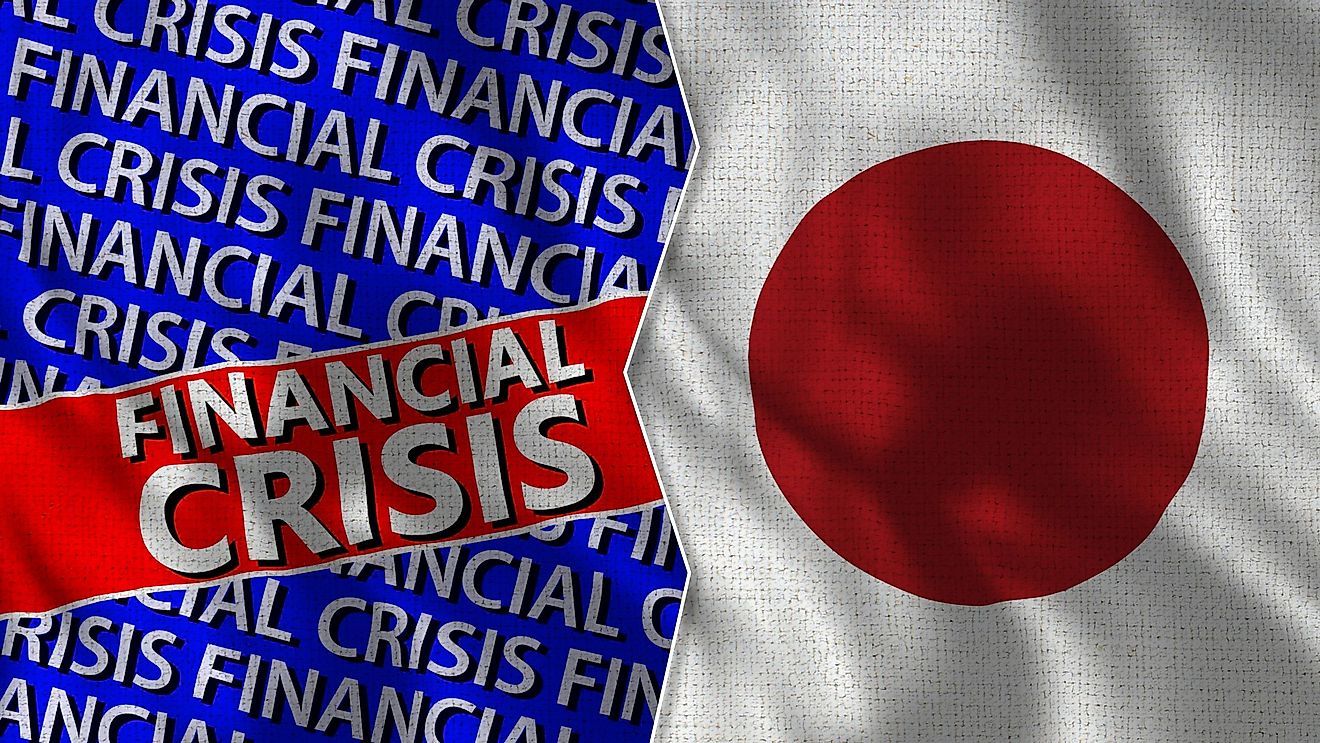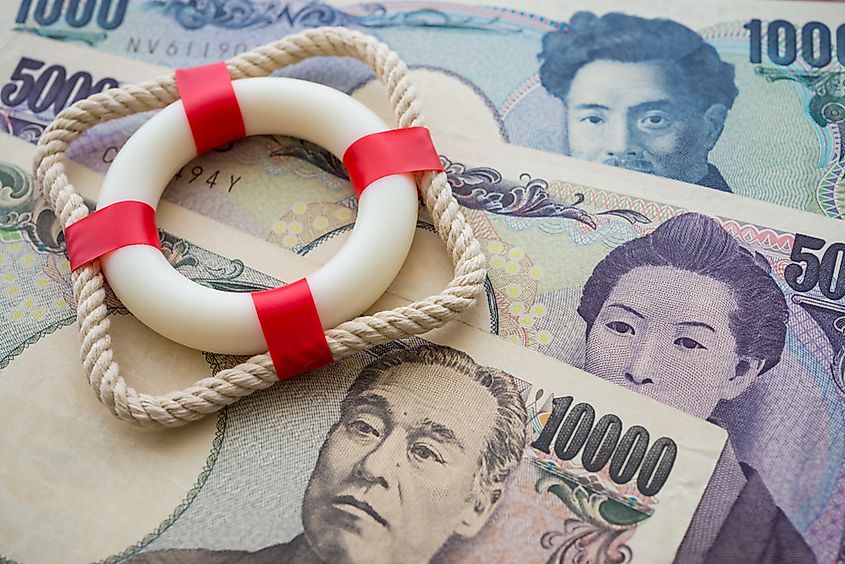What Caused The Lost Decade In Japan?

You have probably heard of the Great Depression in the 1930s, but have you heard of a similar period in Japan’s history? If the answer is no, here is everything you need to know about the 'lost decade' in Japan.
What Is The Lost Decade?
Similarly to the USA in the second half of the 20th century, Japan’s economy was experiencing growth that culminated in the 1980s. The decade in question is sometimes called the ''Decade of Greed'' as earnings and spendings were very high. Until the mid-2000s, everything seemed to go well, but as nothing lasts forever, a crisis began in 2008.
A significant decline happened in Japan a bit earlier, in the 1990s. This recession period lasted from 1991 to 2002, and the period is now commonly known as the Lost Decade.
Why Did The Lost Decade Happen?
The main reason can be found in a significant fall in the financial markets. This was then followed by the fall of the real economy which caused a severe economic crisis. In the economic bubble of the 80s, banks were loaning more and more money and did not pay close attention to the client’s capability to pay them back. Ultimately, this state of affairs could not keep up, and the economic system collapsed.
How Did It Happen?
When the Bank of Japan raised the inter-banking lending rate to stabilize the market filled with bad loans, the unrealistic economic situation began bursting. As property and stock prices both fell, assets of companies and banks were now worth less than their liabilities. Low to no equity and decreasing value of assets meant that financial institutions such as banks and insurance companies were in debt, including major national banks. The economy crashed, and financial institutions were facing serious losses. Because the real estate prices plummeted, stock prices were falling rapidly, and bad loans became a burden on the whole system.

The government bailed the banks out, but even with their help, they continued to work under debt. Many companies were in trouble as well, but could no longer obtain credit. People were losing their jobs and could not afford to spend money or pay their debts.
Japan was struggling. The property values were spiraling, interest rates were going down, and unemployment was rising. A lot of people who were employed worked part-time because companies were cutting costs wherever they could. GDP was declining or stagnating.
Can The Effects Still Be Felt Today?
A prolonged stagnation that followed has left lasting effects that the country still endures today. As the term Lost Decade was becoming more popular, the consequences of the economic crisis were still widely felt well past the ten years. A new decade came, but the trial was not over yet.
Today, Japan is still fighting deflation, low-interest rates, and weak banks. Even though the effect of the lost decade has lessened, there are new challenges ahead as there are still many people working part-time jobs that lack stability. This, combined with a rise in the older population that is common in many developed countries, makes tackling modern negative economic trends shortly after a problematic period such a difficult task.











